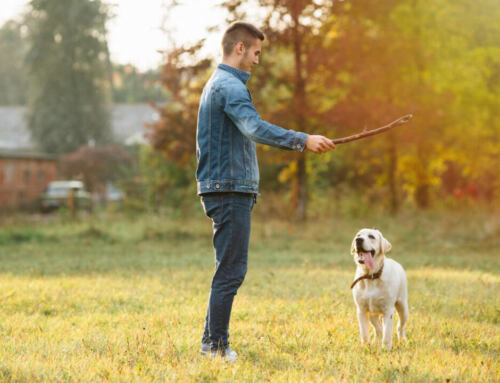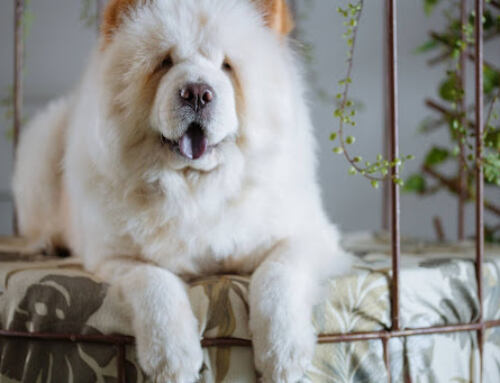Between 20,000 and 40,000 years ago, humans began domesticating dogs, and ever since then, they’ve been selecting breeding them for characteristics they find useful or attractive. The World Canine Organization recognizes 360 rarest dog breeds worldwide, although that number only includes well-established varieties with significant numbers of members. The rules out some of the most special and unusual breeds. The dogs on our list don’t need to be recognized by a kennel club, and there isn’t a reliable way to rank the world’s most rarest dog breeds based on their population number because there isn’t a comprehensive rarest dog breeds census.
Even though it may seem like every other person you pass on the street has a dog, you’re likely to be the only one who has one of these unusual breeds. Some of them are from faraway lands, while others have peculiar characteristics like additional fingers or skills like truffle-hunting. There are only a few of each type.
Telomian
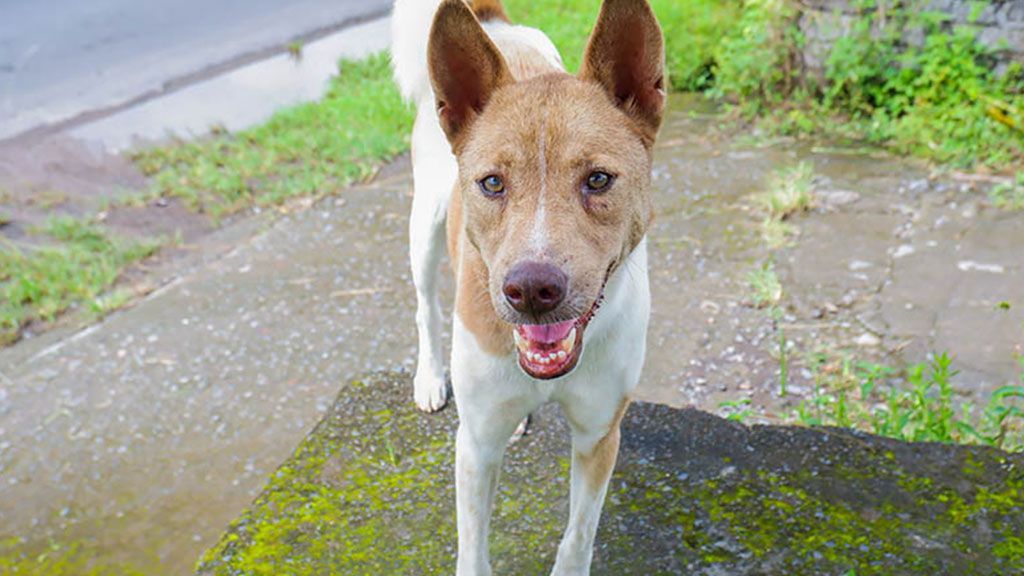
Telomian is one of the rarest dogs in the world. The Orang Asli tribe of Malaysia developed the Telomian breed specifically to rid their land of vermin. Telomians have a remarkable aptitude for climbing since the Orang Asli raised their houses on stilts to protect themselves from predators. Since Telomians are so uncommon, the American Kennel Club doesn’t include them in their Foundation Stock Service. Only in a few remote communities can you find these dogs. These communities can be found in the midst of the Malay Peninsula’s dense rainforests, near the Telom River.
These canines, however, are neither fully tamed nor fully wild. They are shunned outsiders who don’t even belong to their own canine species. The Malaysian dog was likely developed by breeding the Basenji with the Australian dingo. The Telomian is a medium-sized wild dog with a square body, triangular ears that stand straight up, and short fur that surrounds its body.
Lagotto Romagnolo
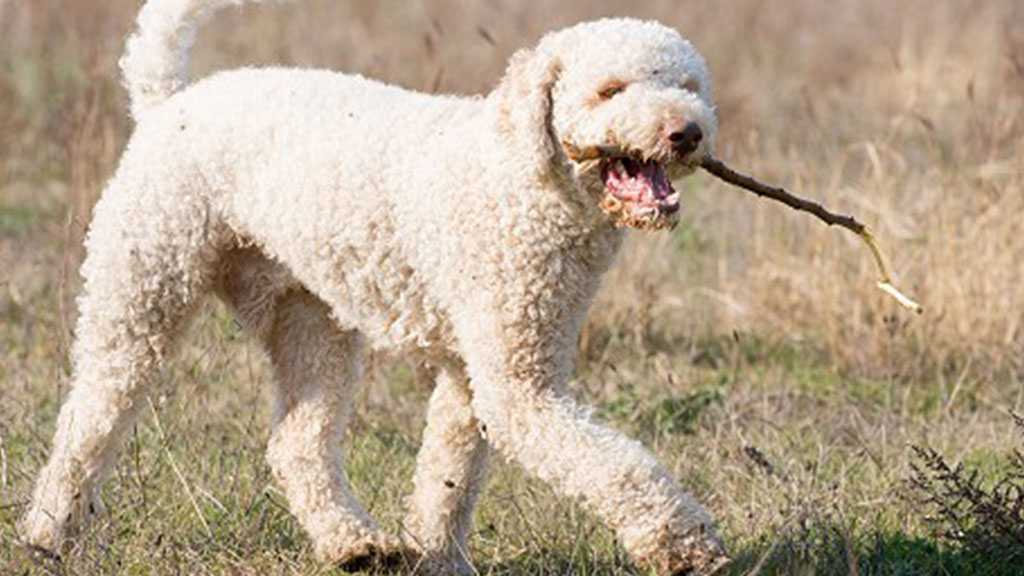
The Lagotto Romagnolo is a type of gun dog native to the Romagna area of Italy. Its name literally translates to “lake dog.” Truffle hunting, however, is by far its most exciting profession. These wavy-coated pooches may have been bred to find truffles in Italy, but they also make great pets for families because of their kind demeanor, tolerance of children and strangers, and amicability for other pets and people of all ages.
Their woolly coats only need the odd trim, bath, and brushing and shed very little. In the northern part of Italy during the XVI century, the Lagotto Romagnolo was developed. It is used to sniff out truffles, which may be found in countries as varied as Italy, Sweden, Great Britain, France, the United States of America, and Australia. Despite the breed’s antiquity, the International Cynological Federation only provisionally recognized it in 1995. But in 2005, it was officially acknowledged.
Chinook
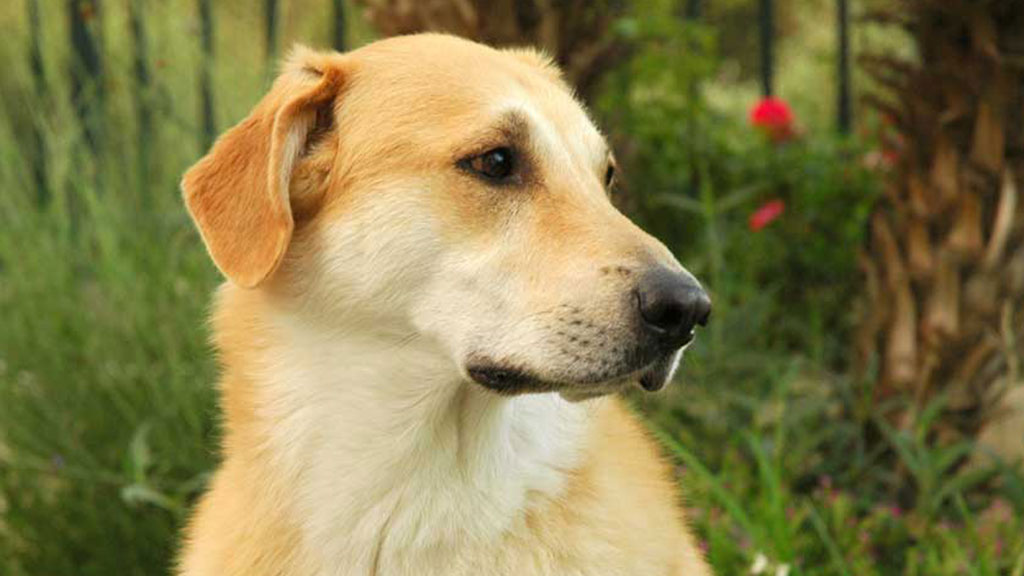
The Inuit gave this bird the name Chinook because of the comfort it provides in the cold with its double coat. The Chinook may be traced back to New Hampshire, where it was developed as a dual-purpose sled-dog and drafting breed. The Chinook is an intelligent, patient, and hardworking breed. Due to their want to comply, these canines are simpler to train. The extinction of this species is a great loss.
The Chinook is one of the rarest AKC-recognized Smartest Dog Breeds. American cytologist Arthur Walden developed the Chinook at the turn of the twentieth century. These huskies are known for their speed and capacity to haul things. They have adapted well to operating in cold environments. This intelligent, calm, and faithful sled dog, which is one of the rarest AKC breeds, is useful for a variety of tasks, including herding and search and rescue.
Mudi

This kind of Hungarian herding dog is very energetic and adaptable. As a pet, the Mudi thrives when given lengthy walks or jogs and a big space to run free, while being an adept hunter, rodent exterminator, herding dog, and flock guardian in its own right. Despite its name, which means “moody” in Hungarian, this breed of dog is actually quite happy and quite active. It is estimated that there are less than a thousand canines of the Mudi breed still alive in the world today. Hungarian shepherds have used the Mudi breed for centuries. The breed nearly died out after World War II, but it has since been revived. This dog is courageous and active, making it a good choice for herding big groups of animals. Mudi is a great dog for both protection and companionship. Drug enforcement and emergency response both rely on them. You can safely store your Mudi at home. Mudi is one of the unique dog breeds.
Norwegian Lundehund
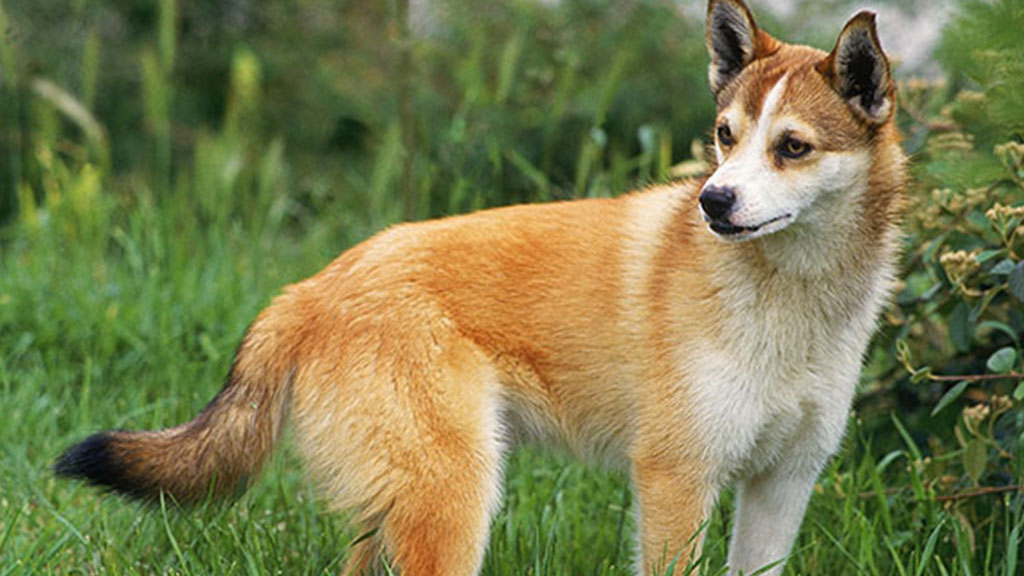
The Lundehund of Norway stands out among other types of hunting dogs due to its unique history of selective breeding for the purpose of capturing puffins. The Lundehund, however, may be much older than other hunting dogs. The Lundehund and the Varanger Dog, whose fossils date back 5,000 years, exhibit a distinct dental structure that implies they diverged from the rest of the evolutionary family tree long ago. Their distinctive six-toed feet set them apart from other canine species. These specialized claws serve dual purposes: puffins use them to dig into their burrows and to scale the perilous rocks and slick crags where they perch.
The Norwegian Lundehund is one of a kind due to its six toed paws, tameable prick ears, and the ability to tilt its head back and touch its spine. Its unusual physique made it a formidable Puffin hunter, but it also makes for a surprisingly “easy-to-live-with” companion. Originally from Norway’s outlying islands, the Norwegian Lundehund is a little Spitz. The Lundehund’s six toes on each foot and extended rear foot pads were designed for hunting puffins on high, vertical cliffs. Small Dogs That Don’t Shed yet mighty, these dogs are vigilant and full of life, making them great trekking companions.
Otterhound
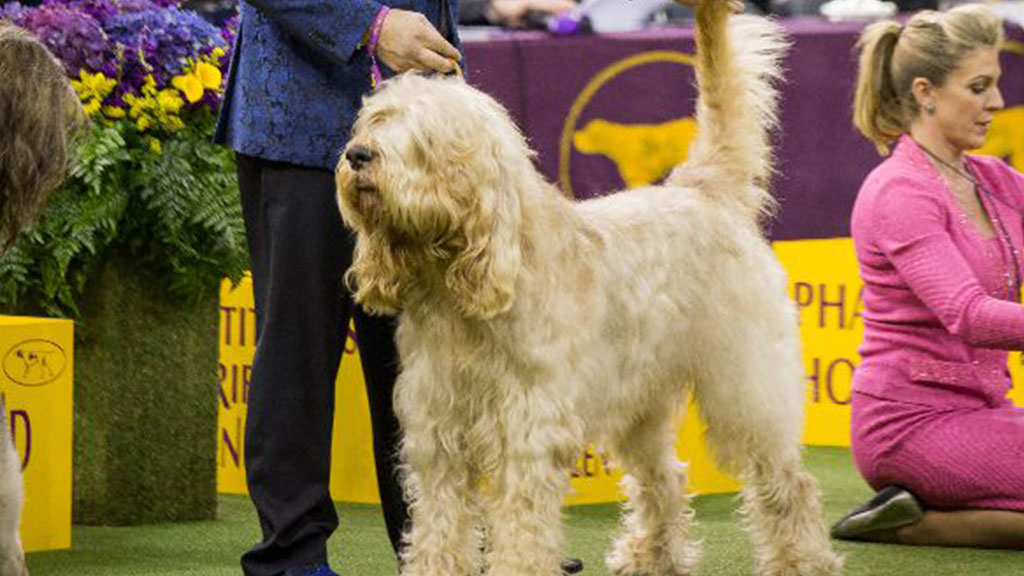
The otterhound, a dog with comparable curling fur, is deeply rooted in English tradition. Although the king kept his own pack of otterhounds, the dogs were also common sights in and around churches and larger estates. Dogs with rough coats and big, lively attitudes were perfect for hunting otters. Even though some hunters made good money off of otter pelts, the main reason otters were wiped out was because they competed with humans for fish in local waterways. The otterhound’s efficiency, ironically, almost caused its extinction. Fearing for the extinction of the species, the United Kingdom temporarily outlawed otter hunting in 1979. Although it was eventually determined that pesticides were to blame, the otterhound population never fully recovered. There has been a modest but steady increase in recent years, and experts now believe that there are somewhere around a thousand of these animals in the world.
The enormous Otterhound’s name suggests it’s a natural in the water, and it doesn’t disappoint. The scent hound excels both in water and on land because to its webbed feet and tough, double coat. Pet owners will find an inquisitive, rambunctious, and friendly companion in an Otterhound. The Otterhound is a huge, friendly, and noisy hunting breed that was developed in England.
Bedlington Terrier
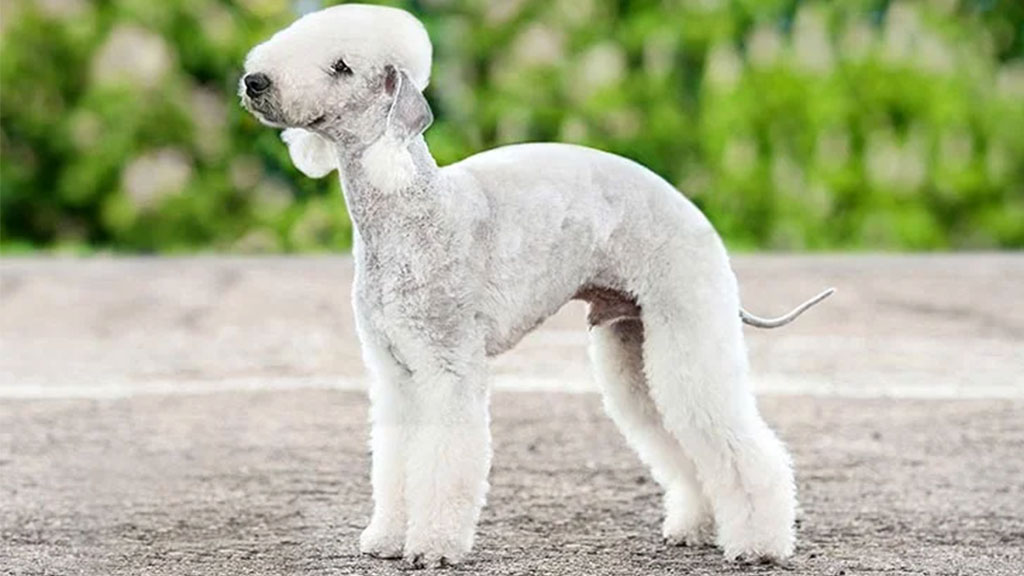
Dogs in sheep clothes best describes Bedlington Terriers. These dogs may have the appearance of being dressed in a sheepskin, but they are actually quite agile and athletic. You should know that a member of this unusual breed of dog is extremely active before deciding to take one home as a pet. The Bedlington Terrier looks somewhat like a lamb due to its curly, light-colored wool coat. However, this breed is more agile than it looks and was originally bred for racing and rodent control. The sleek form it has helps it run for long periods of time. The Bedlington Terrier was developed for hunting in the United Kingdom. The Bedlington terrier has a peculiar appearance; he resembles a small white sheep. The temperament of a Bedlington terrier is calm, happy, and friendly.
Tibetan Mastiff

The Tibetan Mastiff is a large, majestic dog with a “solemn but kind expression” and a thick, luxurious double coat. The Tibetan Mastiff’s reserved, vigilant, and headstrong demeanor makes it a fantastic guard dog but a poor candidate for dog sports like obedience. The Tibetan Mastiff is one of the few canine breeds on this list that is not among the least popular in the AKC’s popularity rankings. The breed ranks 131st out of 197 for popularity, thus they aren’t exactly common.
This breed stands out due to the enormous size it may attain, with males weighing up to 150 pounds. Despite its gigantic size, the Tibetan Mastiff is one of the world’s rarest dog breeds in the world and has a life expectancy of more than ten years. This ancient breed served as guardians of Tibetan monasteries and their neighboring communities. Almost nothing was known about them until recently; nonetheless, even though the breed’s name is now well-known, meeting purebred dogs of this breed remains challenging. Tibetan Mastiff is also rare large breed dogs.
Azawakh
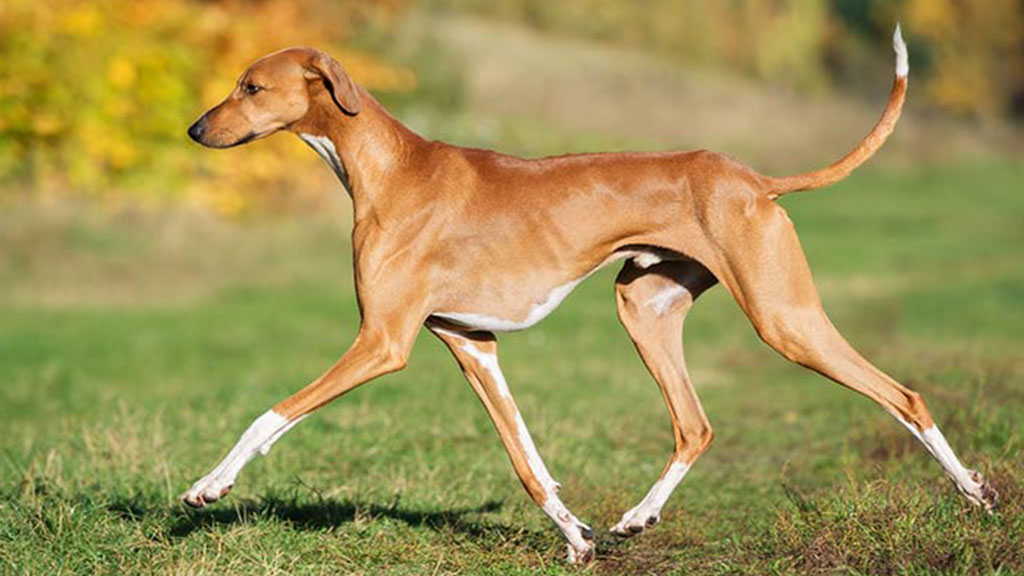
Azawakh are the most peculiar sighthound, a type of hunting dog that relies on sight rather than scent to track down its prey. The Sahel region of Africa is responsible for the development of this graceful and long-legged breed, which was once used to defend the tepees of nomadic people. Because of its similarities to the Saluki, the Azawakh was commonly referred to by its nomad owners as idii n’ illeli, which means “sighthound of the free people.”
The fawn-colored, placid dog first arrived in the United States in the 1980s and was recognized by the American Kennel Club in 1997. Azawakhs have a personality more akin to a cat than a dog, and they are notoriously reserved and reserved about strangers. However, with the right kind of care and attention, dogs of this breed can overcome their shy nature and blossom into loving pets.
Conclusion
Dogs are among the most ubiquitous animals. We have frequent contact with them. For some people, interacting with a dog is routine. However, not all breeds of dog are equally common. Seeing a breed that is extremely rare in the wild would be a once-in-a-lifetime experience. Nine such breeds have just been described for you. All of these dog types are as uncommon as they come, with some being on the brink of extinction and others having been so in the past.


